What are the difficulties in processing zirconia ceramic rings
Zirconia ceramic rings, with their excellent properties such as high strength, high temperature resistance, and corrosion resistance, have become key components in fields such as 5G communication, new energy vehicles, aerospace, and biomedicine. However, its processing is full of challenges, and even a slight mistake can lead to product scrap.
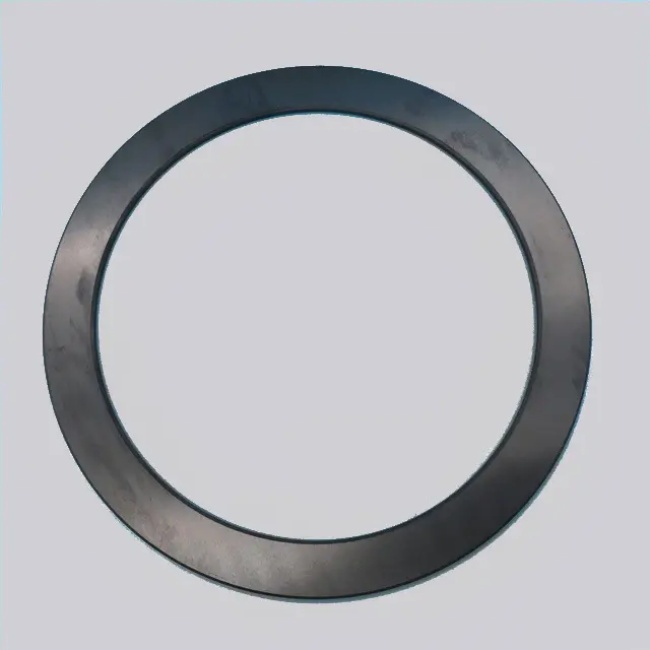
Material characteristics: high brittleness, easy phase transformation, processing like “knife tip dancing”
The Mohs hardness of zirconia ceramics reaches level 9 (second only to diamond), with a bending strength of over 1000MPa, but it is extremely brittle and prone to edge breakage and fragmentation during processing due to stress concentration. Even more tricky is that its crystal structure undergoes phase transitions with temperature changes:
Low temperature phase transition: When the temperature is below 1170 ℃, zirconia transforms from tetragonal phase to monoclinic phase, with a volume expansion of about 4%, resulting in microcracks inside the material.
Processing thermal effect: If the heat generated during the grinding process is not dissipated in a timely manner, local temperature rise may trigger phase transition, causing “hidden cracks” to appear on the surface of the workpiece and reducing the strength of the finished product.
Industry pain points: In the processing of 5G base station filter ceramic rings, if surface cracks are caused by phase transition, it will significantly increase signal transmission loss; Cracks may pose a risk of short circuit in the production of insulation rings for new energy vehicle batteries.
Solution:
Low temperature processing technology: using liquid nitrogen to cool the grinding disc, controlling the processing temperature below -196 ℃ to suppress phase transition.
Segmented grinding process: In the coarse grinding stage, diamond grinding wheels are used to quickly remove excess material, while in the fine grinding stage, ceramic bond grinding wheels are switched to reduce heat accumulation.
Online monitoring system: Real time monitoring of the processing area temperature through an infrared thermometer, dynamically adjusting the coolant flow rate.
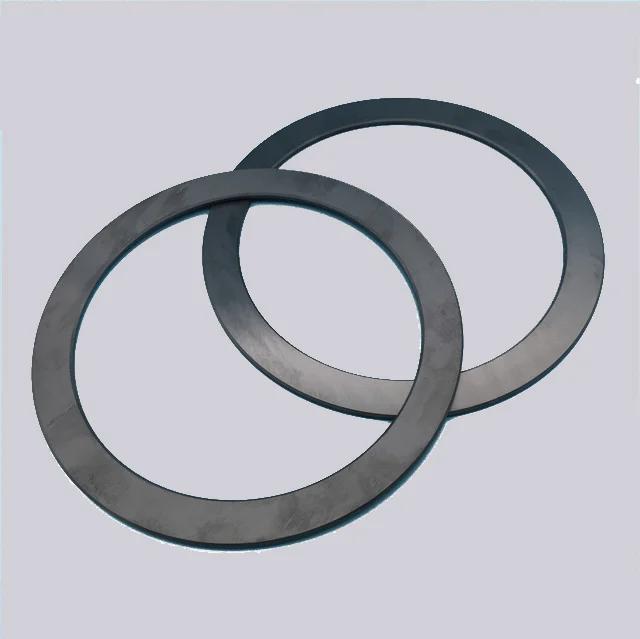
Ultra thin structure: with a thickness of only 0.1-1mm, it can be processed like a “threading needle lead”
The thickness of zirconia ceramic rings is usually in the millimeter or even sub millimeter range, and during processing, it is necessary to simultaneously meet the following requirements:
Flatness error ≤ 1 μ m (equivalent to 1/100 of a hair strand);
Surface roughness Ra ≤ 0.05 μ m (close to mirror effect);
There are no collapsed edges or burrs on the edges.
Industry pain points: In the processing of bearing rings in semiconductor wafer cutting equipment, excessive flatness can cause scratches on the wafer surface; In the production of sealing rings for artificial joint prostheses, substandard surface roughness can accelerate joint wear.
Solution:
Special fixture design: Adopting vacuum adsorption+elastic membrane fixation method to avoid local stress concentration caused by traditional mechanical fixtures. For example, the “bionic octopus suction cup” fixture developed by a certain enterprise can control the deformation of the workpiece within 0.5 μ m.
Ultra precision grinding machine: using an air floating spindle (with a speed of 20000rpm) combined with nanoscale diamond grinding fluid to achieve atomic level removal. A 5-axis linked grinding machine from a Japanese manufacturer can process ceramic rings with a surface roughness Ra of 0.01 μ m.
Polishing process optimization: Adopting a three-stage process of “rough polishing (copper plate+diamond micro powder) → semi precision polishing (iron plate+alumina micro powder) → precision polishing (ceramic plate+silica sol)”, the final surface glossiness can reach over 90%.
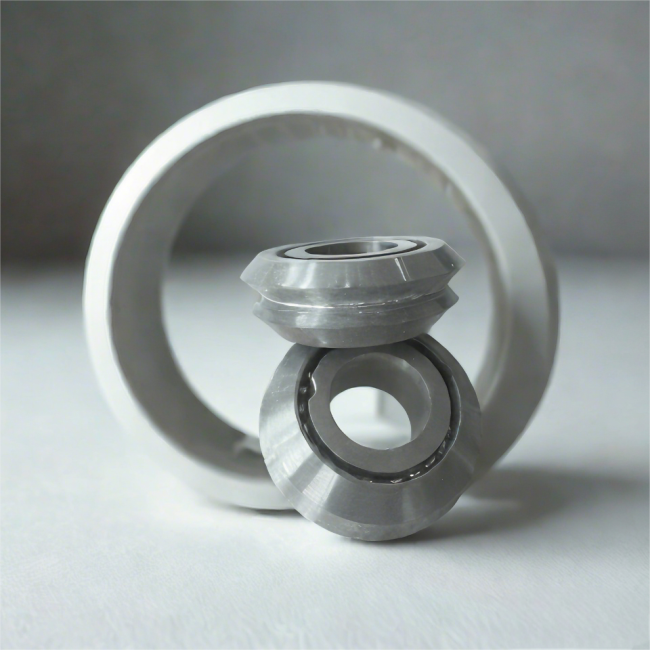
Equipment adaptation: Traditional machine tools are not suitable for local conditions and require customized modifications
The processing of zirconia ceramics imposes strict requirements on equipment rigidity, spindle accuracy, and protective performance:
Machine tool rigidity: It is necessary to resist the vibration generated by grinding force, otherwise it is easy to cause workpiece vibration, resulting in excessive surface waviness.
Spindle accuracy: Radial runout must be ≤ 1 μ m, otherwise it will replicate to the surface of the workpiece and form periodic errors.
Dust protection: Ceramic powder has high hardness and is prone to wear on machine tool guides, screws, and other components, shortening equipment life.
Industry pain points: In the machining of ceramic rings for combustion chamber liners in aerospace engines, traditional machine tools have a high scrap rate of up to 40% due to insufficient rigidity; In the production of fuel cladding seals for nuclear reactors, ceramic dust pollution has caused a 300% increase in machine tool failure rates.
Solution:
Specialized ceramic carving and milling machine: equipped with a marble bed (low thermal deformation coefficient), linear motor drive (no mechanical transmission error), fully enclosed protective cover (IP67 level seal), capable of processing zirconia ceramic rings continuously for 24 hours. For example, a domestic equipment has achieved an annual production capacity of 100000 pieces per unit, with a pass rate of 98.5%.
Tool innovation: Using polycrystalline diamond (PCD) tools, which have a hardness 10 times that of hard alloys and a lifespan 50 times longer. The “micro tooth PCD cutting tool” developed by a certain enterprise can significantly reduce cutting force and minimize the risk of edge breakage by carving 0.1mm deep micro grooves on the cutting edge.
Intelligent machining system: integrating force feedback sensors and vibration monitoring modules, real-time adjustment of feed rate and cutting depth. A certain 5G filter ceramic ring production line has reduced the processing time from 120 minutes to 45 minutes through this system.
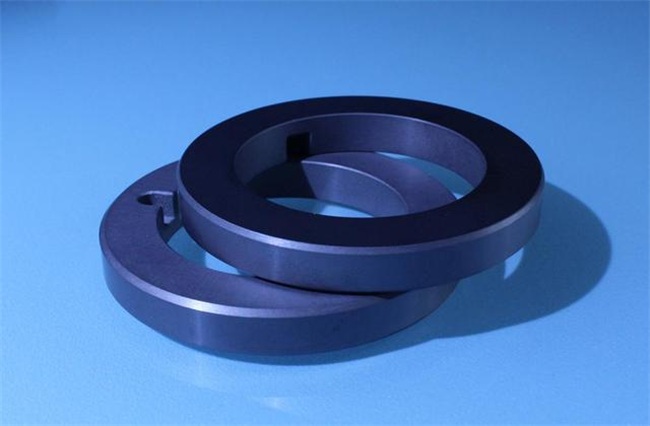
How can zirconia ceramic rings solve industry pain points?
Despite the extremely high processing difficulty, the performance advantages of zirconia ceramic rings make them an irreplaceable key component:
5G communication: Its high-frequency and low loss characteristics (dielectric constant 25, loss factor<0.0001) can reduce signal transmission loss by more than 30%, supporting 5G base stations to achieve kilometer level coverage. New energy vehicles: With high temperature resistance of 2000 ℃ and insulation resistance>10 Ω· cm, the fire isolation efficiency of the battery compartment is increased by 5 times, and the risk of short circuit is reduced by 90%.
Biomedical: Biocompatibility (no cytotoxicity) and ultra smooth surface (Ra<0.01 μ m) extend the lifespan of artificial joints to over 20 years, far exceeding the 10-year lifespan of metal joints.
Aerospace: With a tensile strength of 700MPa and thermal shock resistance (Δ T=1000 ℃/s), it can withstand extreme environments in rocket engine combustion chambers, ensuring flight safety.
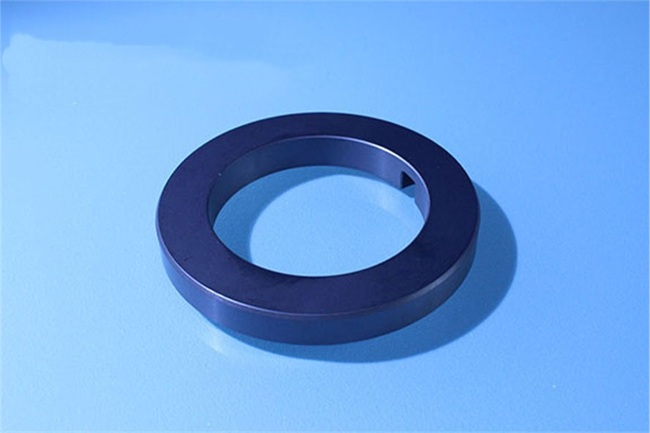
The processing of zirconia ceramic rings is a “precision art” that requires overcoming three major challenges: materials, processes, and equipment. With the breakthroughs in low-temperature processing, ultra precision grinding, intelligent equipment and other technologies, the processing cost has dropped from thousands of yuan per piece to hundreds of yuan, promoting the accelerated upgrading of industries such as 5G, new energy, and healthcare.
Brudeze Ceramics supplies and sells a wide range of high-quality quartz glass, including alumina ceramics, zirconia ceramics, silicon nitride ceramics, aluminum nitride ceramics, silicon carbide ceramics, boron carbide ceramics, bioceramics, machinable ceramics, etc. We can meet the customization requirements of various ceramic products.
CATEGORIES
LATEST NEWS
- Zirconia Ceramic Rod Custom...
- High-temperature resistance...
- What is the wear resistance...
- What is the hardness of cer...
- Aluminum oxide ceramic cust...
- What are the main aspects o...
- What are the mechanical pro...
- Thermal properties of zirco...
- What properties should be c...
- What are the mechanical pro...
